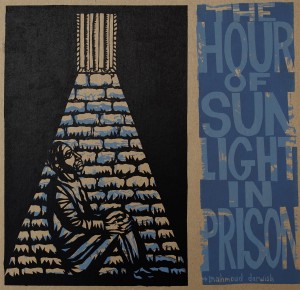Family Visits to Youth in Jail and Prison
I spent a little time in May doing some very preliminary investigation about prisoner family visits in the research literature. Data suggests that more than half of all prisoners do not receive in-person visits from family members (Mumola, 2000). There are a variety of explanations for why families may not visit, including distance of the prison, financial burdens, problems with the prison bureaucracy, and strained or severed relationships with the prisoner (Hairston, 2003).
A recent study from the Office on Juvenile Justice and Delinquency Prevention (OJJDP) summarizing findings from the Survey on Youth in Residential Placement (SYRP) offers the following important information about family contact for youth in custody:
- The vast majority of youth in custody across the U.S. (92%) said that since arriving at their facility, they had some contact with their families, either through phone calls or through visits.
- Nearly 9 in 10 spoke with their family on the telephone, and more than 2/3 had an in-person family visit.
- The percentage of youth in contact with their family members varied by facility type. While most youth have spoken with their family on the phone, fewer youth in detention (80%) and camps (74%) have done so compared to those in other programs (93%).
- Fewer youth in corrections (61%) and camp programs (63%) report in-person visits with their families.
- Frequency of family contact also depends on the program. Youth in corrections and camp programs are nearly twice as likely to have a low rate of family contact. Thirty-nine percent of corrections and camp youth have family contact less than once a week, compared with 20 percent in other programs.
- One-third (33%) of youth who have no in-person visits indicate that this is due to time constraints (facility visiting hours are inconvenient) or distance (their family lives too far away).
- One-fifth of youth who have no phone calls or no visits say that their families have resource constraints (e.g. a phone call would be long distance, a visit would cost too much, or the family does not have transportation).
- About one in seven (14 percent) youth without contact claim that the lack of contact exists because their facility does not allow it.
- Relatively youth without contact say it is because they do not want to talk or visit with their family (7 percent) or because their family does not want to talk or visit with them (6 percent).
- The majority of all youth in custody (59%) say that it would take their families 1 hour or longer to travel to visit them. For more than one-fourth of youth (28 percent), their families would have to travel 3 hours or longer to see them.
Over the next year, I will undertake a small participatory research study to better understand the issue of family visits to Illinois youth prisons. The research question is: “What are the demands for visiting a youth prisoner in Illinois?” or “What are the expenditures of time, money, and energy necessary to visit a youth prisoner in Illinois?”

